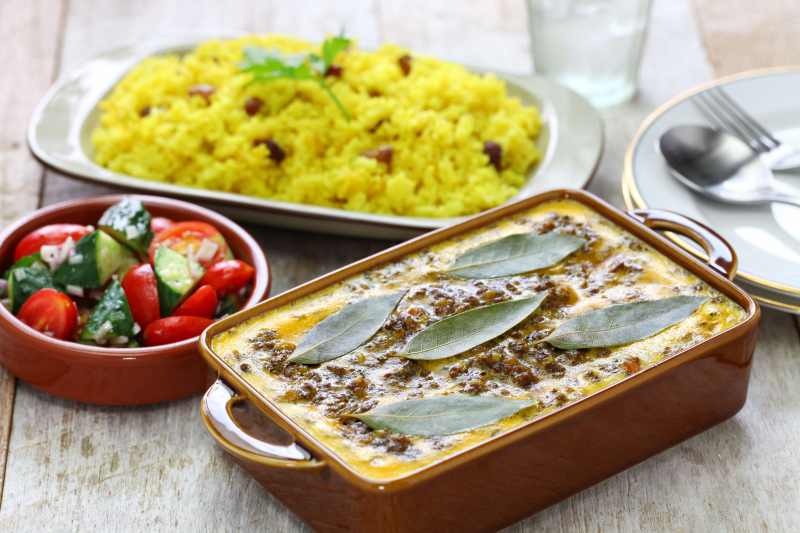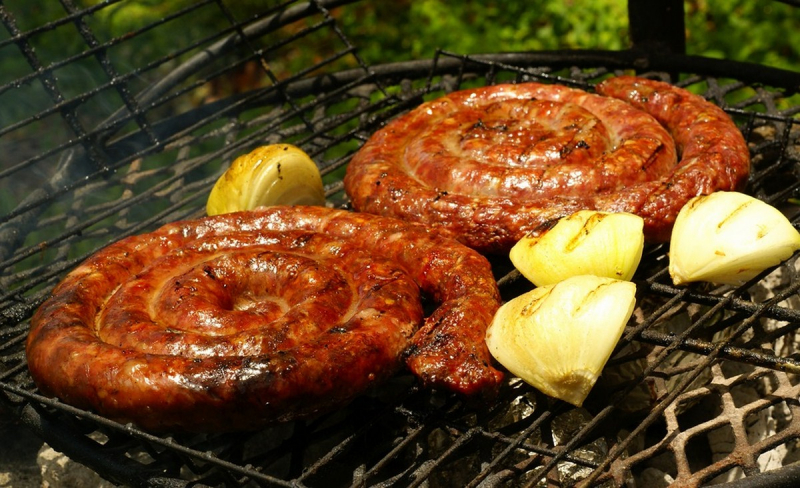Eating Etiquette
The standards of dining etiquette in African cultures can differ, even in terms of how to sit at a table. For instance, it is courteous in Zulu culture to scream your arrival from the gate, but the host must thereafter seat you. As an alternative, in Sotho culture you should take a seat right away. As long as you make an effort to comprehend the particular culture you are in, you can generally count on South Africans to be hospitable.
Do not point your foot at people or food while seated. Typically, white South Africans use a fork and knife to eat (continental style). However, spoons or fingers are frequently used by South Africans of African descent. There may be a hierarchical structure to some South African houses' order of things. In some South African households, food is served in a hierarchical order: guests come first, then the oldest man, then the other males, then the kids, and then the ladies. Other guests may occasionally be asked to wait until the oldest male has started eating before beginning their dinner.
During a meal, it is rude to point or gesture with your fork. It can be suggested that you accept second helpings at a dinner. In Indian South African families, eating extra helpings might be seen as a tribute to the host's hospitality and cooking. Uneaten food on your plate can be seen as a poor impression of the host or food. It is appropriate to provide a brief comment on the hosts' food and/or hospitality toward the end of the meal. Even if a host might think this comment is superfluous, it will be valued.
The primary meal of the day is dinner, and on weekends, braai (barbeque) is frequently served (see Braai below). Except for ice cream or meals from a street vendor, adults rarely eat outside or while standing up.
When dining out, the one who first invited the other to join them usually foots the tab.












